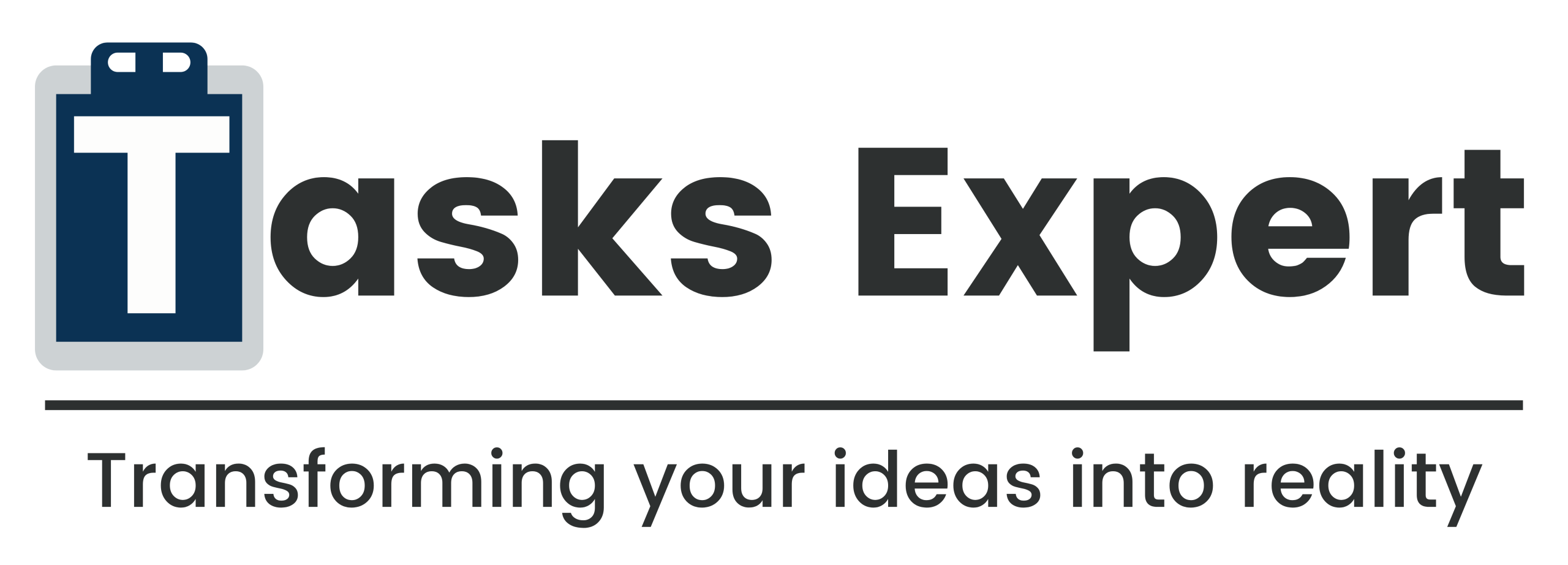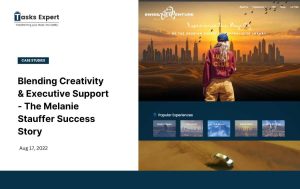Introduction
Predictive analytics in artificial intelligence advertising has revolutionized campaign planning for marketers. Advertisers no longer have to estimate post-campaign data; actually, they can predict results before putting a single advert out. This enables them to optimize strategy and target the right consumers.
Predictive Analytics in artificial intelligence in advertising can estimate customer response and key performance indicators, driven by data. They extract massive value from the insights by anticipating key shifts in viewers’ behavior.
Paired with the perpetual learning properties of AI, they become even more potent. They optimize while they go, allowing real-time decision-making and campaign refinement.
As we continue to progress into the era of automation, predictive analytics has become an integral component of solid digital strategies. This section will outline why both predictive analytics and AI are not only enhancing but disrupting ad performance.in
The Role of Predictive Analytics In Artificial Intelligence Advertising
Predictive analytics is the process of using valuable data to predict the likelihood of future outcomes. Artificial intelligence in advertising allows marketers to predict how their campaigns will do before they launch them.

This method allows the advertisers to predict the major KPIs, like:
- Click-through rates.
- Conversion rates.
- Cost per acquisition.
- Customer lifetime value.
- Return on ad spend.
With the help of AI marketing tools, predictive analytics converts raw data into actionable intelligence. It integrates data with creative thinking before the campaign has even begun.
So you have a signal that a demographic showed a strong, positive response to a video ad for your brand, say, in the past, and you can use these models to sort of discern the type of creative that was likely to work and who you need to target additional similar types of campaigns to.
Likewise, they can pinpoint what time slots, keywords, or platforms perform best.
The ultimate strength of predictive analytics is that it helps in making better decisions, minimizes the “game” of guessing, and increases investment return. It is a cornerstone for next‑generation features such as programmatic ad targeting, ad performance tuning, and on‑the‑fly ad analytics, and is a key component of modern advertising solutions.
Also Read: Virtual Assistants for Psychiatrists
Data of predictive analytics in artificial intelligence advertising
Data is the foundation of predictive analytics and artificial intelligence in advertising. Even AI systems are ineffective at predicting without good, structured data. Predictive ad tech leverages different categories of data to develop predictive models that predict customer actions, campaign performance, and the best ROI.

AI draws from three different sources:
- First-party data: They collect information directly from the audience, such as from website visits and customer feedback.
- Second-party data: Sometimes they purchase details from a trusted partner, like a business partner or platform.
- Third-party data: Reach external data providers for scale and audience expansion.
AI systems utilize past click-through rates and demographics to predict which segment is the most likely to convert in future campaigns.
Ethical data handling is paramount. AI products must be able to deliver on these new global standards, like GDPR and CCPA. With the rise of personalization, it’s the privacy and the transparency that are put to the front.
Precise data is crucial so AI can make accurate decisions. Clean, diverse, and complete data allows AI to forecast performance. It is the engine that powers every successful predictive analytics in advertising.
How AI Is Making It Smarter
Unlike traditional analytical models that operate in a fixed, historical mode, predictive analytics in artificial intelligence advertising systems continuously learn by reviewing new data. So they’re not only dynamic, but they become more accurate over time.
AI-backed platforms track and continually respond to performance data. The system improves in predicting results, targeting more efficiently, and refining messaging as more campaign data is gathered. Capabilities like these are the building blocks of predictive advertising.

The following are the key areas of predictive analytics in artificial intelligence advertising:
- Real-time ad analytics: At all times, AI will be analyzing the performance of a campaign and recognizing trends on the fly. Marketers can adapt messaging or budget targeting mid-campaign for maximum results.
- Marketing automation: AI enables automating key parts of campaign management through predictive models. You can also pause or scale campaigns if you anticipate better or worse success from these.
- Ad-performance optimization: AI predicts what creatives, formats, platforms, and times to deliver on, learning from the past and adapting to real-time cues. This has the effect of all campaigns being optimized to their maximum potential.
These intelligent technologies offer not just reduced scope for human errors, but immediate efficiency, scalability, and better ROIs. “With AI getting more and more intelligent, helping us to optimize campaigns before and picked up during flights, it has now become more than just…this small edge due to data-driven decisions and so on.
AI Algorithms for Predictive Analytics In Artificial Intelligence Advertising
At the center of it are predictive marketing algorithms, which power decision-making and prediction. These AI models are built to draw insights from a mix of advertisers’ activity, campaign performance, and trends in data, so the advertiser can best adapt their strategy as active times evolve. The more data they consume, the more correct and intelligent these models grow, which results in better results.

Below are some of the most popular AI algorithms used in advertising:
- Regression model: Used for predictive analysis to forecast a numeric target, such as predicting conversion rates or ROAS. It’s great for determining what changes how in terms of campaign success.
- Decision trees: They are useful to map multiple possible outcomes and decide on the most likely one to be successful. They work well with campaign scenarios with several decisions and branches.
- Neural networks: Modeled on the human brain, these algorithms work through vast, complex data to detect non-linear patterns. Neural networks are typically employed for large target audiences.
- Clustering and classification model: This is critical for segmenting the audience. Clustering groups users with similar attributes, and classification labels specific types of users to one or more categories (eg, “likely to convert” or “low engagement”).
Combining them, these models drive automated ad delivery, budget allocation, and audience targeting. They are the backbone of predictive.
Predictive models learn and teach through machine learning, so they don’t just interpret but learn from the outcome. This loop helps sharpen future predictions, thereby making informed advertising decisions.
Use cases: Campaign Forecasting

1. Automated Ad Targeting
AI targets and learns who it should be serving ads to based on behavioral data and predictive models. This makes everything more efficient. AI also ensures that your ads are seen by users who are most likely to act, by analyzing their browsing behaviors, device types, or previous interactions with these users. This precision will save you money and make sure you’ll get the most bang for your buck across channels.
2. Customer Segmentation using AI
AI-based decisions and segmentation enable customized messages, product suggestions, and promotions to best-suited consumers for such products, thus generating more interaction with the brand.
3. Real-Time Ad Analytics
Instead of waiting until after a campaign is finished, predictive analytics in artificial intelligence advertising provide insights during a campaign. And most crucially, it allows brands to adjust their strategy mid-campaign more efficiently. When you receive real-time feedback, you are able to know when certain creatives are not converting, and therefore make edits to creatives sooner.
4. Budget Forecasting & Allocation
AI Models look at where you have spent your budget in the past and forecast for you where the best budget spend should be placed for the best possible return. This intelligence informs where budgets are best spent; which channels, which audiences, and at what time of the day. This way, marketing can always track the budget to potential returns and growth objectives in the business.
Best AI Marketing Tools for Predictive Analytics

Below are some of the best tools to use for predictive analytics in artificial intelligence advertising:
- Google Ads Smart Bidding: Many platforms overcomplicate by trying to optimize for conversions or value. It factors in different signals such as the device, location, time of day, and audience behavior to make bids in real time. This guarantees you spend your budget where it will be most likely to yield results.
- Meta Advantage: Automates budget distribution and creative pairing for enhanced performance. It automatically tests various ad formats and placements, enabling Facebook and Instagram campaigns to efficiently scale. Great for dynamic audiences and multi-variant campaigns.
- Albert.AI: An autonomous AI marketing platform that handles and optimizes campaigns well across channels. It looks at data, works out winners, and runs a campaign with little human input. Albert works especially well on complicated, cross-platform campaigns.
- Adzooma: Offers insights and automation for various Search Engine Ads. It gives performance suggestions, budget alerts, and keyword optimization, all with a smooth layout. Adzooma is a good solution for smaller, mid-sized enterprises that want to simplify ad management.
- Smartly. Io: Automated creativity and AI-optimized performance. It enables marketers to build hundreds of variations of a creative, test quickly, and automatically optimize using performance data. It’s best suited for brands that want customized and massive campaigns.
These features work to remove the complexities surrounding AI, as well as enable campaign intelligence to stretch up the advertising stack. They not only save time but also can keep businesses competitive in a rapidly changing advertising world.
Future of Predictive Analytics In Artificial Intelligence Advertising
As it grows, AI will also continue to affect advertising. Predictive powers are growing and quickly affecting how brands interact with people.

Emerging trends of predictive analytics in artificial intelligence advertising:
- User data the way we want it: Brands are moving from collecting data without first-party consent to data, like preferences or the intent to purchase, that users willingly share. Such data is the basis of advanced customization and building trust between brands and the audience.
- Voice and visual AI: Predictive models are starting to be able to recognize voice commands and images, paving the way for interactive advertising formats. Whether it’s product searches, lack of typing requirements, or more personalized experiences, the fact is that the dynamics of web searches are evolving and are focusing more on the way humans interact with technology.
- Prediction-based lead scoring: AI products can rate good leads before you ever contact them directly. Behavioral and demographic data can drive these systems to guide sales organizations toward the best prospects early in the funnel.
- Integrated conversational AI: Predictive engines guide VAs and chatbots that provide next-best-action suggestions. These solutions forecast customer queries, make product recommendations, and drive users through the conversion path more effectively.
These developments will take the automation of advertising to its next level, and all campaigns will be smarter, personal, and data-driven.
Conclusion: Forecast Smarter, Perform Better
Predictive and Artificial Intelligence in advertising is driving this age, marking a new era of forward-thinking, precision practice in digital marketing. Campaign performance prediction weeks or even months before campaigns go live is a significant head start for an organization in how it plans, launches, or iterates on plans.
Marketers are now set to target high-intent audiences more effectively than ever, thanks to such technologies as automated targeting within ads, reducing waste, and improving ROI. Through AI-powered customer segmentation, businesses can send personal messaging at scale, which means users can enjoy a more relevant journey when onboarding.
No longer should brands have to operate in the dark regarding money spent on ads: real-time analytics allow brands to make turning-point decisions on the fly and optimize before sending potentially millions of dollars on unusable ads.
Alongside this, automation of advertising makes processes and workflows more efficient so that creative strategy and innovation can be focused on by teams. Add to that ad performance optimization, and you have a system that’s always learning, always changing, and always improving.
As technology advances, taking on predictive analytics will not become a benefit; it will become a requirement for winning brands. It’s time to react no more and time to predict. Advertising’s future belongs to those ready to predict its future.
About Us
Tasks Expert offers top-tier virtual assistant services from highly skilled professionals based in India. Our VAs handle a wide range of tasks, from part time personal assistant to specialized services like remote it support services, professional bookkeeping service etc. Furthermore, it helps businesses worldwide streamline operations and boost productivity.
Ready to elevate your business? Book a Call and let Tasks Expert take care of the rest.









